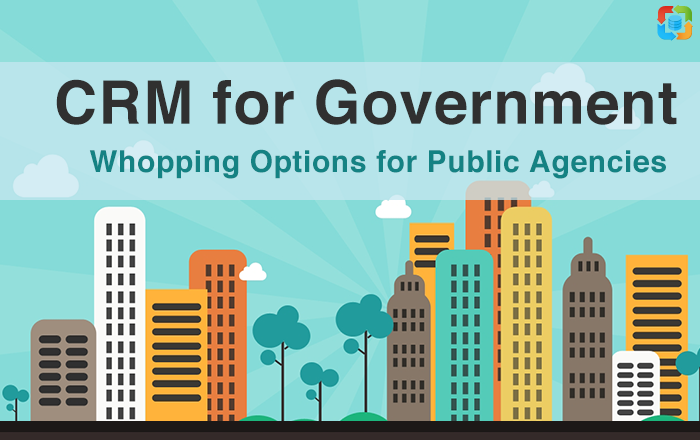Do you go to networking events? If you’re a business owner, then you definitely should be. There was this really great article about how the higher up somebody is in an organization, the less likely he feels that going to a networking event is kind of a “dirty” thing.
I know some people aren’t comfortable with networking events. It makes them feel “dirty” and they’re doing something wrong because most people are doing them wrong. The idea of a networking event is to make friends. You think to yourself “Oh my god! Build relationships. Sounds hard.” And you don’t just go over and vomit all over people. You go to form relationships.
You are obviously looking to steer the conversation in a way to see if they might be a potential client, but you need people to know, like, and trust you before they will become a client.
When I go to a networking event I break down people into a couple of categories, depending on who that person is. The categories are usually potential friend, potential client, potential employee, and potential partner. But just because someone starts out as a friend doesn’t mean that they can’t become a client or a partner later on. Your relationship may change. Or Maybe you’ll just remain really good golf buddies.
Whoever they are, you should put them into an automation follow up series for personal contact, so that I’m still interacting with them, even if I haven’t actually gone to the point of figuring out where they might fit into my business or where I might fit into theirs.
Then I go after sort of a couple of categories in with my business. They might be interested in a free trial of my software. They might be interested in becoming a re-seller. They might be interested in becoming a consultant. And all of this is done in a carefully crafted conversation.
You go into a networking function armed with your conversation that you practiced and rehearsed. You’ve seen how people react to things in their face when you talk to them. You see it in their eyes, and you hone that. You get to the point where you’re a broken record because broken records work. And then you can get better.
This is practicing the kick 10,000 times instead of a new kick every time. I’ve worked through a million iterations. If you want to network like a boss you do it by going to four or five events a week. Not four or five a year. Not four or five a month. Go to four or five a week, and within three weeks you will have honed your skills. You will have sucked in front of a whole bunch of people.
And then the neat part is everyone gets nervous, especially the first few times. “Oh yeah, but what if I see the guy again and he knows I sucked?” Guess what I found happened? They overhear you at another event and they’ll come up to you and say, “Damn you’ve gotten so much better than the first day I met you!”
Everyone’s there in the same game. We’re all trying to improve our skills. We’re all trying to squeak out a living. We’re all trying to enjoy the surf, the sun, and whatever. Somehow we just got to get people to stop sweating the details.
If you’re out there generating prospects and leads stop sweating the details. Go with the idea that you’ve maybe helped some people. Go with the idea that maybe at the networking event you can point some people to some helpful resources. Or you can introduce them to someone else you know that might make a good relationship or maybe you can introduce them to a free trail of a couple of tools that you found.
Go there with the idea that you’re going to go to this networking event, and you’re going to help a few people with problems in their business. If that turns into a sale, then great. Don’t be selfish and only try to help people with problems your product sells. Just help people. For example someone’s struggling with taking a picture with their cell phone. “Hey, something I can help you with?”
I love networking events for that reason. It’s incredibly fast to rapidly iterate. The business prospects are all there. You’re not going to close a business prospect the first time you meet them at a networking event, so stop trying and you’ll have way more fun.
You need to build a relationship and have that conversation. They need to see you a couple of times to build trust. You show up to a networking event once and you go, “Well that didn’t work.” That’s not how networking works. You need to practice.
There’s always going to be ways you can improve. And if you do fail, then of course you know there’s lots of ways you can reframe that. You should practice thinking your identity and your role as separate. So you can think: “they’re not rejecting me. They’re rejecting my role.”
You know so many times people attach their role and identity together, and they find themselves feeling hurt, rejected and devalued. I knew a man who worked his entire life and he eventually retired. He was a fit healthy guy when he retired and he died five years later because he actually attached his role as business owner and mayor of a town to his identity. And it happens a lot. You know people lose their job and throw themselves out of a window.
Often when you go into these networking events you ask yourself, “Who am I today? How do I represent myself and be okay?” And if you just take an attitude of service, I’ve had some clients with you know earth-shaking reputations and huge client lists, and I’ve sort of worked myself up a little bit. “Well, how am I going to sell this person?”
Related: How to Overcome Stumbling Blocks to Successful Networking
Take a moment to go, “Hang on. If I go in with an attitude of service I can ask better questions.” I can understand their business, pain, and issues better than if I gone in to try to sell something. Then you ask them what’s the result they’d like out of the meeting to be. They tell me. And guess what I deliver in my proposal? I’ve delivered what they told me they want delivered. Amazingly enough, I got the business.
I went to a networking event the other night and it’s put on by one of the larger cell phone providers. I went to one of their events and was a free event and it was fantastic. It blew my mind. It was a catered, wonderful event, and it was free so I naturally wanted to get more involved.
I saw another one of their events come up so I’m like, “Well, I’ll go. I could eat. Right?” I went there with my bucket full of bunker rings, which are my phone rings as my little giveaway. I actually went there because this mobile company called Rogers has just started this whole campaign to try to help small businesses. And, of course, that’s what we do. So I went there because there was a speaker being flown in from Toronto to Vancouver.
This guy was flown in from Toronto to talk about what I talk about, so I’m like, “Hang on. I got to go meet some of these people and maybe if I get lucky I’ll be able to steer the conversation to where I can be a bit of a public speaker and get flown around Canada; helping them out and getting my message out.”
And then it was a really hot day and I normally go to these things in a suit because I believe to always be dressed at the same or one higher than anyone you’re meeting with, and I dialed it back to a polo shirt and dress slacks. When I got there everyone was at my level or a step below, so I was like, “Well, thank god I didn’t show up in a suit.” I mean I would have looked better than the speaker. That’s not cool.
I pulled out my bunker rings and I start talking to this nice Russian lady who was also looking at helping businesses, and she worked for some business consultant. I gave her a bunker ring. And then I’m giving out bunker rings and people are getting them and they’re actually sticking them on their phones, and then this other lady comes over and she says, “You’re going to be embarrassed for me when I show you what I have.” And she holds up her phone in her hand through this strap thing that’s attached to her case. She says, “I want one of those for forever.”
I said, “Well, I’ll tell you what: You let me take a picture of you with that one, and then we’re going to put mine on yours and we’re going to take another picture. As long as you’ll let me put that on Twitter and use it in my social media stuff, I’ll give you one. Heck, I’ll give you two.”
But it turns out that she was flown in from Toronto. Her sole purpose was to find energetic people who know what they’re talking about to join them in speaking across Canada.
All because I went there to give out some bunker rings, make some friends, and eat some food. And I helped this Russian lady with some of her problems in front of this other lady who’s overhearing it, and suddenly she got my bunker ring. I give them to all the other executives that were in from Toronto. One guy walked away with three; apparently he had a wife and a girlfriend.
I didn’t go there and ask who’s in the charge. Source them out. I would’ve if it wouldn’t have developed naturally. Make no mistake about it, I would have worked the room until I found who I need to talk to. But by just being me, going there, helping people, giving away my little gizmos in a polite and respectful way that didn’t interrupt their event. That’s how you network like a boss. Go there to help. Go there to serve.
I not only made some great contacts but I managed to get some speaking gigs out of it too. I’ve got the local guy wanting me to do a bunch of events that weren’t as formal as that one. Then the other lady she’s like, “Look, you’ve got to take my number. You’ve got to take my email. You have to follow up. We need people like you.” So I’ve started that process and I have no doubt that once I set my mind to it it’ll happen.





